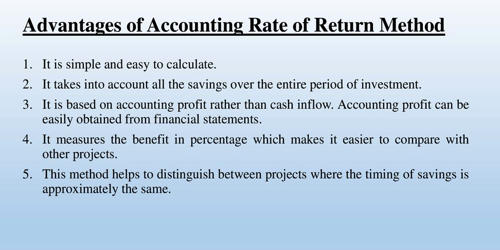The disability rights movement is a global social movement aimed at ensuring equal opportunities and rights for all people with disabilities. It is a social and political movement that advocates for people with disabilities to have equal rights, access, and opportunities. It first appeared in the late 1960s and grew in popularity throughout the 1970s and beyond. The movement has made significant progress in challenging the societal barriers and discrimination that people with disabilities face.
It is made up of disability activists, also known as disability advocates, from all over the world who work together to achieve similar goals and demands, such as: accessibility and safety in architecture, transportation, and the physical environment; equal opportunities in independent living, employment equity, education, and housing; and freedom from discrimination, abuse, neglect, and other rights violations. Disability activists are working to remove institutional, physical, and societal barriers that prevent people with disabilities from living normal lives.
Here are some key points about the Disability Rights Movement:
- Roots and Activism: The movement was inspired by the larger civil rights movements of the 1960s, as well as the activism of groups such as the Black Civil Rights Movement. People with disabilities were excluded, segregated, and institutionalised, according to disability rights activists.
- Key Legislation: The passage of several key laws was critical in advancing disability rights. The Rehabilitation Act of 1973 prohibited discrimination against people with disabilities in federally funded programmes. The Americans with Disabilities Act (ADA) of 1990 was a landmark piece of legislation that provided individuals with disabilities with comprehensive civil rights protection, prohibiting discrimination in employment, public services, transportation, and public accommodations.
- Independent Living Movement: A significant aspect of the Disability Rights Movement was the Independent Living Movement. It advocated for self-determination, independent living, and community integration of people with disabilities. The movement emphasized the importance of personal choice, access to support services, and the removal of physical and attitudinal barriers.
- Deinstitutionalization: The movement played a crucial role in advocating for the deinstitutionalization of people with disabilities. It challenged the widespread practice of segregating individuals with disabilities in large institutions and pushed for community-based alternatives, such as home and community-based services.
- Activism and Protests: To bring attention to their cause, disability rights activists used various forms of activism and civil disobedience. Activists frequently used protests, sit-ins, and demonstrations to demand equal rights, accessibility, and inclusion.
- Accessibility and Universal Design: The Disability Rights Movement emphasised the importance of physical accessibility, transportation, technology, and communication. It promoted the concept of universal design, which encourages the development of products and environments that are accessible and usable by all people, regardless of their abilities.
Disability rights are complicated because there are numerous ways in which a person with a disability’s rights can be violated in various sociopolitical, cultural, and legal contexts. For example, one common barrier that people with disabilities face is finding work. Employers, in particular, are frequently unwilling or unable to make the necessary accommodations to enable individuals with disabilities to perform their job functions effectively.
The Disability Rights Movement had a global impact, inspiring similar movements and advocacy efforts in many countries. Adopted in 2006, the United Nations Convention on the Rights of Persons with Disabilities strengthened the rights and inclusion of people with disabilities worldwide.
















